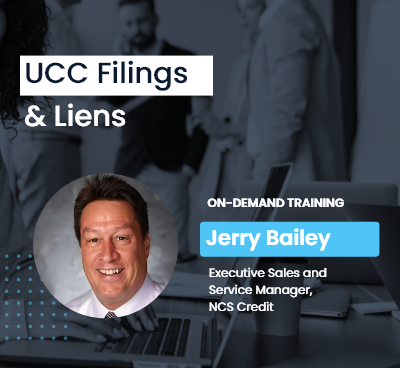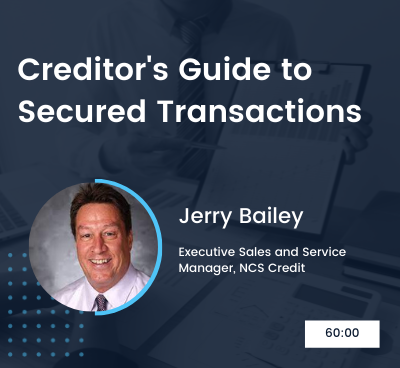
There are many methods for determining if your non-paying customer is giving you a truthful explanation of their situation. Unfortunately, all too often we catch someone purposefully misleading us or telling an outright lie. What you do next can have a big impact on your debt collection success.
We've all been there before, either as a parent with our child's story of non-responsibility or our own 'white lies' to avoid an unpleasant consequence or confrontation. That doesn't automatically mean we aren't good people, don't have integrity, or won't pay the bill.
At our B2B collection agency, when we catch a debtor in a lie our next steps are designed to stay focused on collecting the money as well as debtor assessment. We want to determine if we are dealing with a sociopath, a professional debtor, or simply someone who chose to mislead us for reasons not so nefarious.
When you catch someone in an inconsistency, you have three options:
- Directly confront them;
- Not acknowledge that you know they are lying;
- Something in between these extremes.
![]() Dale Carnegie found that an effective way to influence people is to appeal to their nobler motive. Most people are good (business would not work if most people were thieves) and if you give them the opportunity to be more forthright, many will rise to the occasion.
Dale Carnegie found that an effective way to influence people is to appeal to their nobler motive. Most people are good (business would not work if most people were thieves) and if you give them the opportunity to be more forthright, many will rise to the occasion.![]()
Dale Carnegie found that an effective way to influence people is to appeal to their nobler motive. Most people are good (business would not work if most people were thieves) and if you give them the opportunity to be more forthright, many will rise to the occasion. We frequently use this strategy by pointing out inconsistencies in the debtor's story in a non-threatening manner and explaining that we can't help them if they don't help us clearly understand the real situation. If they respond positively, this often creates a strong working relationship to get the debt resolved, as they appreciate we did not directly confront them and gave them a chance at redemption.
If people do not come clean, in many situations a direct confrontation about the deceit is appropriate. We don't take the lie personally or react without being in complete control. We won't get in an argument as no one wins. We never lose sight that the goal is to collect the money. Our preferred method is to simply make it clear that they have lost all credibility around the lie. This frequently establishes a powerful position and a positive change in the debt collection process whether or not they admit to the untruth. From that point forward, a firm 'no nonsense' approach is justified with appropriate consequences if satisfactory progress is not made.
And then there are the occasions when it might be best to simply let the deceit go unchallenged for the time being. Perhaps we want to see how things play out during a conversation or over a few days. Or maybe we feel relatively confident that money will be forthcoming soon so there is no need to rock the boat about their misleading comments. In other cases, we may be concerned the direct confrontation will lead to a complete breakdown in communication, leaving litigation as the only option. If this 'last alternative' is highly undesirable, direct confrontation may be an unnecessary risk and other approaches should be tried first.
Knowing that you have three distinct choices to make when you have uncovered an untruth means you have a secondary goal during the initial debt collection communications. You want to be learning about the person to determine which of the three approaches is most likely to lead to success with that specific individual and situation if the need arises. In order to maximize the likelihood of eventually collecting, it is never as simple as just asking for the money. One needs to be aware of the different directions a collection matter can go and plan for this possibility throughout the process.
 |
Editor
|
.png)
|
 |
 |
|||||||||||